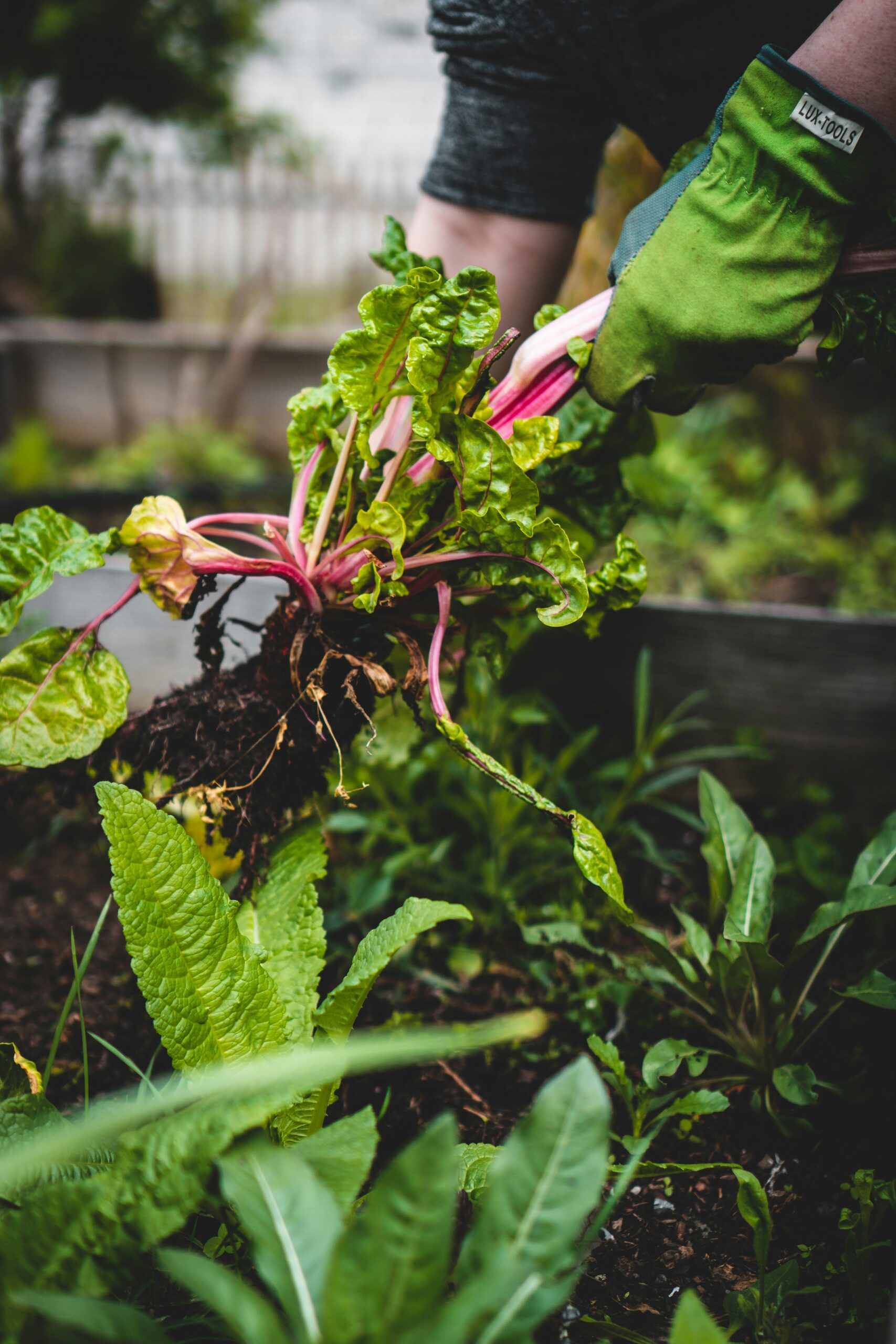Introduction to Water Conservation in Agriculture Water is an essential resource in agriculture, impacting crop yield and sustainability. Implementing water-saving techniques is crucial for optimizing resources, especially in regions prone to drought. By adopting efficient practices, farmers can significantly reduce water consumption while maintaining productivity. Techniques for Saving Water Several innovative methods can be employed to conserve water in agricultural activities. Drip irrigation, for instance, delivers water directly to the plant’s roots, significantly minimizing evaporation and runoff. Additionally, soil moisture sensors can help farmers monitor water levels accurately, allowing for precise irrigation scheduling. Benefits of Water-Saving Techniques Implementing water-saving techniques not only conserves a vital resource but also enhances the resilience of agricultural systems against climate variability. As water becomes scarcer, these practices can lead to cost savings, improved soil health, and increased crop yields. By using water-efficient technologies, farmers contribute to sustainable agriculture and ensure an abundant food supply for the future.
- +260-76-459-8985
- mupunduenergy@mdware.co.uk
- Plot No. 2344, Lelayi LSK, ZM













